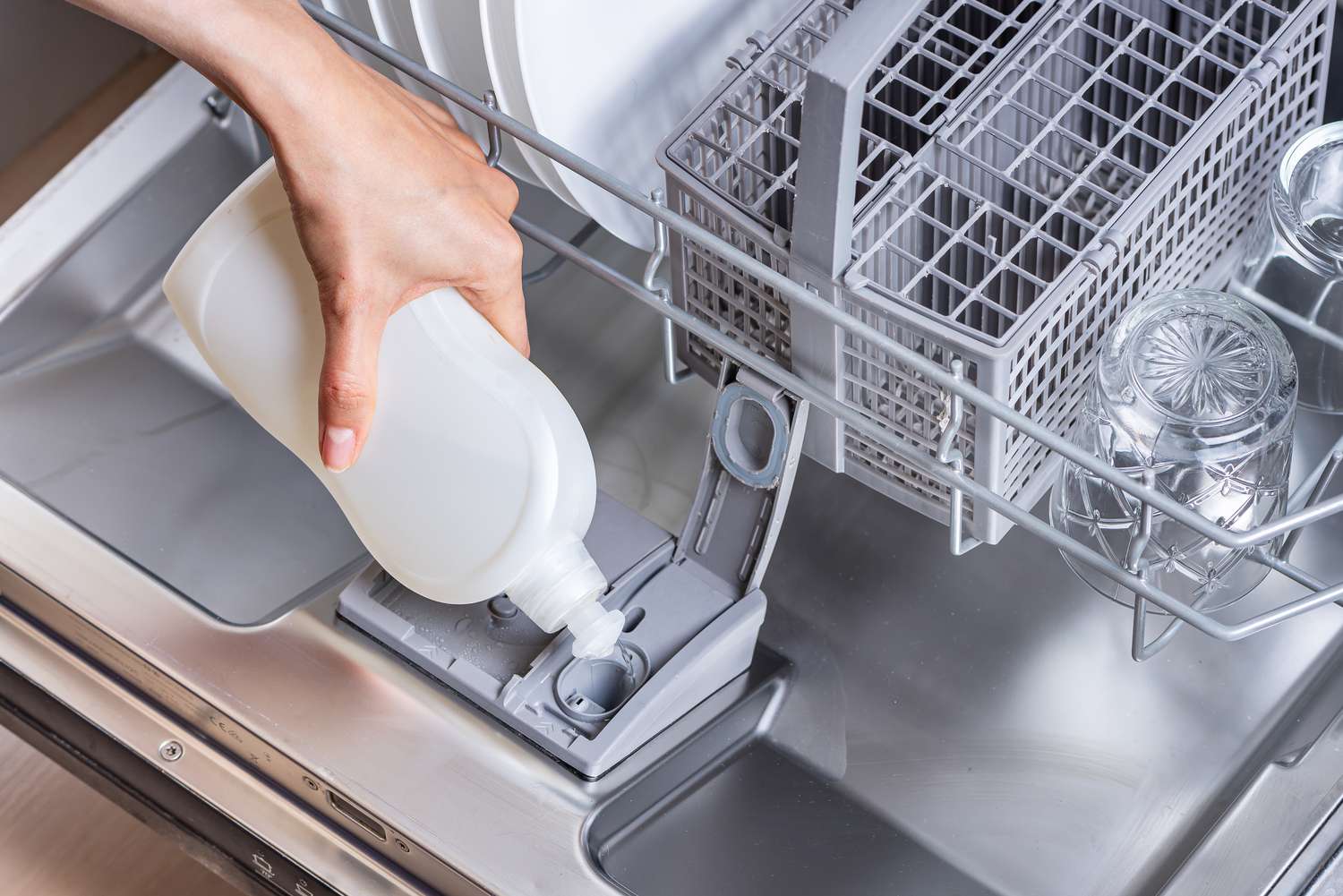

Articles
Where To Put Detergent In Dishwasher
Modified: May 6, 2024
Learn the best practices for where to put detergent in a dishwasher. Read our insightful articles to keep your dishes clean and sparkling.
(Many of the links in this article redirect to a specific reviewed product. Your purchase of these products through affiliate links helps to generate commission for Storables.com, at no extra cost. Learn more)
Introduction
Welcome to the world of dishwashing! If you have recently purchased a dishwasher or are looking to optimize your dishwashing routine, you might be wondering where to put the detergent in your dishwasher. With various dishwasher models available, it’s important to understand the different options for detergent placement to ensure the best cleaning results.
Dishwasher detergent is a critical component in achieving sparkling clean dishes. It helps remove food particles, grease, and stains from your dishes, ensuring they come out spotless and hygienic. However, the placement of the detergent in your dishwasher can vary depending on the type of dishwasher you have. Whether you have a standard dishwasher, a drawer dishwasher, or a dishwasher without a dispenser, this article will guide you on where to put the detergent for optimal performance.
Before diving into the specifics, it’s important to familiarize yourself with the types of dishwasher detergent available. There are three primary forms: powdered detergent, liquid detergent, and detergent pods. Powdered detergent is a traditional option and can be poured directly into the dishwasher. Liquid detergent is convenient and can be poured into a dispenser or placed on the bottom rack. Detergent pods are pre-measured and provide an easy way to add detergent to your dishwasher.
Now that you have a general understanding of dishwasher detergent and its different forms, let’s explore where to put the detergent in various dishwasher models. Whether you’re using a standard dishwasher, a drawer dishwasher, or a dishwasher without a dispenser, we’ve got you covered with useful tips and recommendations to make the most of your dishwashing experience.
Key Takeaways:
- Proper placement of dishwasher detergent is crucial for spotless dishes. Follow manufacturer’s instructions and use the right amount for optimal cleaning results.
- Experiment with different detergents and consider using rinse aid for enhanced drying. Regular maintenance and proper storage are key for effective dishwasher detergent usage.
Read more: Where To Put Detergent In Washer
Understanding Dishwasher Detergent
Before we delve into the details of where to put dishwasher detergent, it’s important to understand the role of detergent in the dishwashing process. Dishwasher detergents are specially formulated to break down grease, remove food particles, and eliminate stains on your dishes. They contain a combination of enzymes, surfactants, and bleaching agents to ensure a thorough and effective clean.
There are a few different types of dishwasher detergents available on the market, each with its own pros and cons. Powdered detergent is the most traditional option and is typically poured into the dishwasher dispenser or placed directly in the bottom of the dishwasher. It is known for its strong cleaning power and affordability.
Liquid detergent, on the other hand, is a more convenient option. It can be poured into a designated dispenser compartment or placed on the bottom rack of the dishwasher. Liquid detergent is renowned for its ability to dissolve quickly and leave no residue behind. It also tends to be more gentle on delicate dishes.
Detergent pods have gained popularity in recent years due to their convenience and pre-measured portions. These pods contain a combination of detergent, rinse aid, and sometimes even degreaser. Simply place a pod in the dishwasher and let it do the work for you. However, it’s important to note that some dishwasher manufacturers recommend against using detergent pods as they might not dissolve properly in certain dishwasher models. Make sure to check your dishwasher’s manual for specific recommendations.
When selecting a dishwasher detergent, it’s important to consider your specific needs and preferences. Some detergents are formulated to clean tough stains, while others are designed for energy efficiency or hard water conditions. It’s also worth noting that using too much detergent can lead to problems like excessive sudsing or residue on dishes.
Now that we have a better understanding of dishwasher detergent, it’s time to explore where to put the detergent in different types of dishwashers. From standard dishwashers to drawer dishwashers and those without a dispenser, let’s find out the best detergent placement for a sparkling clean result.
Where to Put Detergent in a Standard Dishwasher
When it comes to a standard dishwasher, the detergent placement is relatively straightforward. Most standard dishwashers come with a built-in detergent dispenser located on the inside of the dishwasher door. This dispenser is designed to hold powdered or liquid detergent.
To properly load the detergent in a standard dishwasher, follow these steps:
- Open the dishwasher door and locate the detergent dispenser. It is usually a small compartment with a lid or latch.
- Check if there are any instructions or markings on the dispenser regarding the amount of detergent to use. Some dispensers have markings indicating the fill level for different load sizes.
- If you are using powdered detergent, pour the desired amount into the dispenser. Be careful not to overfill it, as excess detergent can cause issues with rinsing and lead to residue on your dishes.
- If you are using liquid detergent, fill the dispenser with the recommended amount. Avoid spilling or splashing the detergent outside the dispenser.
- Once the detergent is loaded, close the lid or latch securely.
It’s important to note that some newer dishwasher models may have additional compartments or settings for pre-wash detergents or rinse aids. These compartments are typically located near the main detergent dispenser and should be filled according to the manufacturer’s instructions.
After properly placing the detergent in the dispenser, make sure to load your dirty dishes, silverware, and cookware into the dishwasher racks. Adjust the settings, such as the wash cycle and the water temperature, based on the specific requirements of your dishwasher and the level of dirt on your dishes. Then, simply start the dishwasher and let it do its magic!
Remember, it’s important to use the appropriate amount of detergent for optimal cleaning results and to avoid residue or sudsing issues. Follow the detergent manufacturer’s guidelines and your dishwasher’s instructions for the best performance.
Where to Put Detergent in a Drawer Dishwasher
If you are fortunate enough to have a drawer dishwasher, you’ll find that the detergent placement is slightly different compared to a standard dishwasher. Drawer dishwashers have separate drawers for the upper and lower racks, allowing for more flexibility and convenience in loading and unloading dishes.
When it comes to placing detergent in a drawer dishwasher, follow these steps:
- Open the drawer of the dishwasher that you’ll be loading with dishes.
- Locate the detergent dispenser in the drawer. It is typically located on the front panel or near the back of the drawer.
- Check for any instructions or markings on the dispenser that indicate where to place the detergent.
- If you are using powdered detergent, sprinkle it directly into the designated area of the dispenser. Ensure that the powder is evenly distributed and not clumped together.
- For liquid detergent, pour the recommended amount into the designated compartment. Be careful not to overfill it.
- Once the detergent is correctly placed, close the drawer securely.
Drawer dishwashers often come with customizable wash cycles and settings for each drawer. Make sure to select the appropriate settings based on the level of dirt on your dishes and the manufacturer’s guidance.
Remember to load your dishes, utensils, and cookware into the correct drawer and adjust the dishwasher settings accordingly. It’s crucial to use the recommended amount of detergent to ensure optimal cleaning performance and to prevent any residue or sudsing issues.
If your drawer dishwasher has additional compartments or settings for pre-wash detergents or rinse aids, consult the manufacturer’s instructions to properly fill those compartments.
With the detergent loaded and the drawers appropriately arranged, start your drawer dishwasher and enjoy the convenience and efficient cleaning process that it offers. Drawer dishwashers are a popular choice for their sleek design and ease of use, making dishwashing a breeze.
The detergent should be placed in the main detergent dispenser cup, usually located on the dishwasher door. Be sure to use the correct amount of detergent according to the manufacturer’s instructions for best results.
Where to Put Detergent in a Dishwasher Without a Dispenser
If you own an older model dishwasher or one without a built-in detergent dispenser, don’t worry! There are still ways to effectively add detergent to your dishwasher for a thorough clean. While it may require a little more effort compared to dishwashers with built-in dispensers, it can be easily managed.
Here’s the process of adding detergent in a dishwasher without a dispenser:
- Check if your dishwasher has a designated detergent cup or compartment. It may be a removable cup or a small area in the bottom rack.
- If there is a removable cup, place the appropriate amount of powdered or liquid detergent into the cup. Be careful not to overfill it, as excess detergent can lead to residue on your dishes.
- If there is a designated area in the bottom rack, pour the recommended amount of detergent directly into that area. Spread the detergent evenly to ensure proper dispersion during the wash cycle.
- For liquid detergent, you can also place it in a dishwasher-safe container or a small bowl and position it on the bottom rack. This allows the detergent to release gradually during the cycle.
- Once the detergent is added, load your dishes, utensils, and cookware into the dishwasher racks, ensuring they are properly arranged for maximum cleaning efficiency.
When you start the dishwasher, make sure to select the appropriate cycle and adjust other settings based on the level of dirt and the manufacturer’s recommendations. It may also be helpful to select a warm water temperature for better detergent activation.
If you find that your dishwasher without a dispenser does not effectively distribute the detergent during the wash cycle, there are a couple of additional options you can explore:
- You can pre-dissolve powdered detergent in a cup of warm water before pouring it into the designated area or cup. This will help ensure that the detergent is fully activated and dispersed throughout the dishwasher.
- Consider using detergent pods or tablets. These pre-measured detergent forms can be placed directly into the bottom of your dishwasher, allowing for easy and controlled detergent release.
By following these steps and selecting the appropriate detergent placement method, you can still achieve a thorough clean with your dishwasher, even without a built-in dispenser.
Read more: Where To Put Detergent In Amana Washer
Tips and Recommendations for Using Dishwasher Detergent
Now that you know where to put dishwasher detergent in different types of dishwashers, let’s explore some tips and recommendations to ensure optimal performance and the best results:
- Read the manufacturer’s instructions: Every dishwasher model is unique, so it’s essential to refer to the manufacturer’s manual for specific recommendations on detergent usage. They may provide guidelines on the type of detergent to use, the amount to dispense, and any additional compartments or settings to consider.
- Use the appropriate detergent amount: Using the right amount of detergent is crucial for effective cleaning. Using too little may result in poor cleaning results, while using too much can lead to excessive sudsing, residue, and even damage to your dishwasher. Follow the detergent manufacturer’s guidelines and your dishwasher’s recommendations for the correct dosage.
- Avoid mixing detergent types: Stick to one type of detergent, whether it’s powdered, liquid, or pods, and avoid mixing them together. Mixing different types can potentially cause clumping or ineffective cleaning.
- Store detergent properly: Keep your dishwasher detergent in a cool, dry place away from moisture and heat. Proper storage ensures that the detergent remains effective and maintains its cleaning power.
- Consider using rinse aid: Rinse aid is an optional additive that helps improve drying and reduce water spots and streaks on your dishes. It can be particularly useful in areas with hard water. Check if your dishwasher has a rinse aid compartment and follow the manufacturer’s recommendations on usage.
- Regularly clean your dishwasher: Even with the use of detergent, dishwashers can accumulate food particles, grease, and residue over time. It’s important to periodically clean your dishwasher to maintain its performance. Refer to your dishwasher’s manual for instructions on how to clean the filter, spray arms, and other components.
- Experiment with different detergents: If you’re not getting satisfactory results with your current dishwasher detergent, consider trying different brands or formulations. Some detergents work better with certain water types and dishwasher models, so don’t be afraid to experiment until you find the one that works best for you.
- Scrape off excess food: Before loading your dishes into the dishwasher, it’s a good idea to scrape off any large food particles. While dishwashers are designed to handle small food particles, removing the bigger ones can help prevent clogging and achieve better cleaning results.
By following these tips and recommendations, you can maximize the cleaning power of your dishwasher detergent and enjoy spotless, hygienic dishes every time. Remember to prioritize the proper dosage, read the instructions, and regularly maintain your dishwasher for optimal performance.
Conclusion
Knowing where to put dishwasher detergent is essential for ensuring clean and spotless dishes. Whether you have a standard dishwasher with a built-in dispenser, a drawer dishwasher, or a dishwasher without a dispenser, understanding the appropriate detergent placement will help you achieve optimal cleaning results.
When using a standard dishwasher, simply load the detergent into the designated dispenser compartment on the dishwasher door. For drawer dishwashers, place the detergent in the dispenser located on the front or back of the drawer. If you have a dishwasher without a dispenser, use a removable cup or a designated area on the bottom rack to hold the detergent.
Remember to follow the manufacturer’s instructions, use the appropriate amount of detergent, and store it correctly to preserve its effectiveness. Consider additional additives like rinse aid to enhance drying and reduce water spots on your dishes.
Regular maintenance of your dishwasher, including cleaning the filter and spray arms, is essential for optimal performance. And if you’re not getting the desired results with your current detergent, don’t hesitate to try different brands or formulations until you find the one that works best for you.
By implementing these tips and recommendations, you can make the most of your dishwasher detergent and enjoy sparkling clean dishes with each wash cycle.
So, whether you’re a dishwasher newbie or a seasoned pro, remember to always put the detergent in the right place and let your dishwasher do the rest!
Now that you've mastered where to place detergent in various dishwashers, why stop there? Keeping your home spotless involves more than just shiny dishes. Dive into our next guide, which offers effective strategies for scrubbing every nook and cranny of your refrigerator. From the forgotten corners to the shelves that hold all your snacks, we'll ensure your cooling appliance looks and smells fresh. Don't miss out on these vital cleaning tips designed to maintain a pristine kitchen environment.
Frequently Asked Questions about Where To Put Detergent In Dishwasher
Was this page helpful?
At Storables.com, we guarantee accurate and reliable information. Our content, validated by Expert Board Contributors, is crafted following stringent Editorial Policies. We're committed to providing you with well-researched, expert-backed insights for all your informational needs.
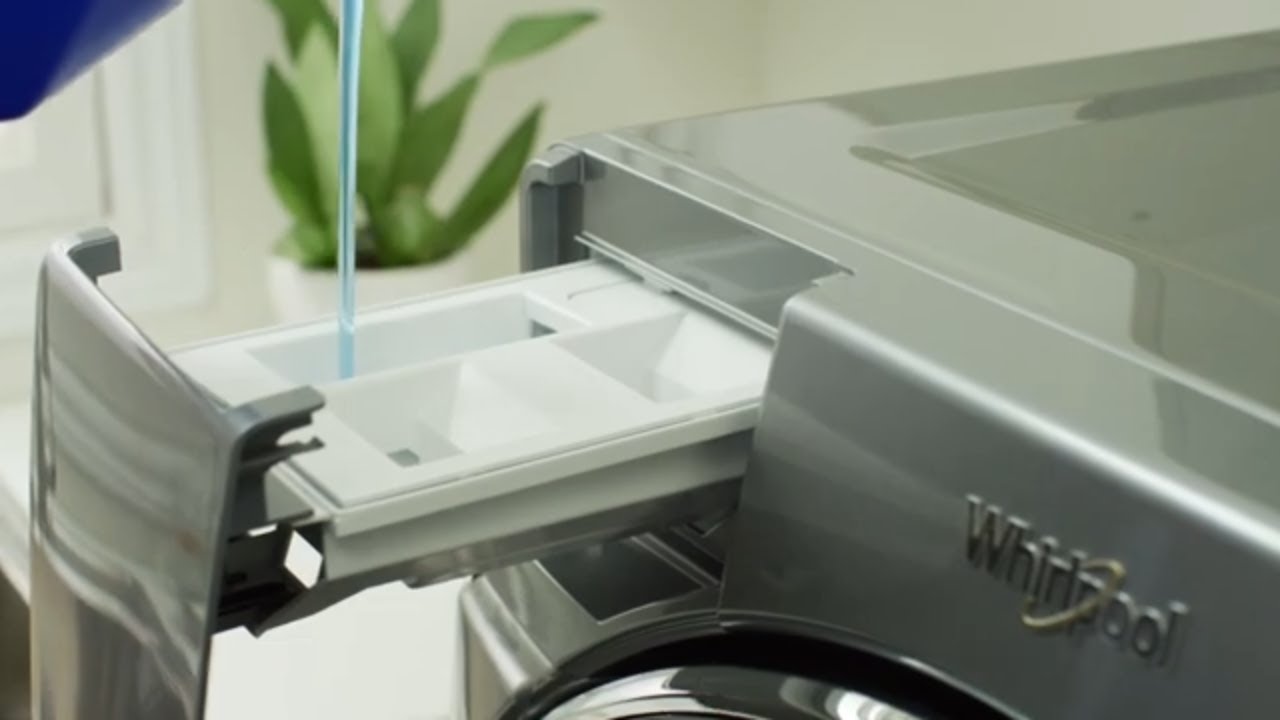
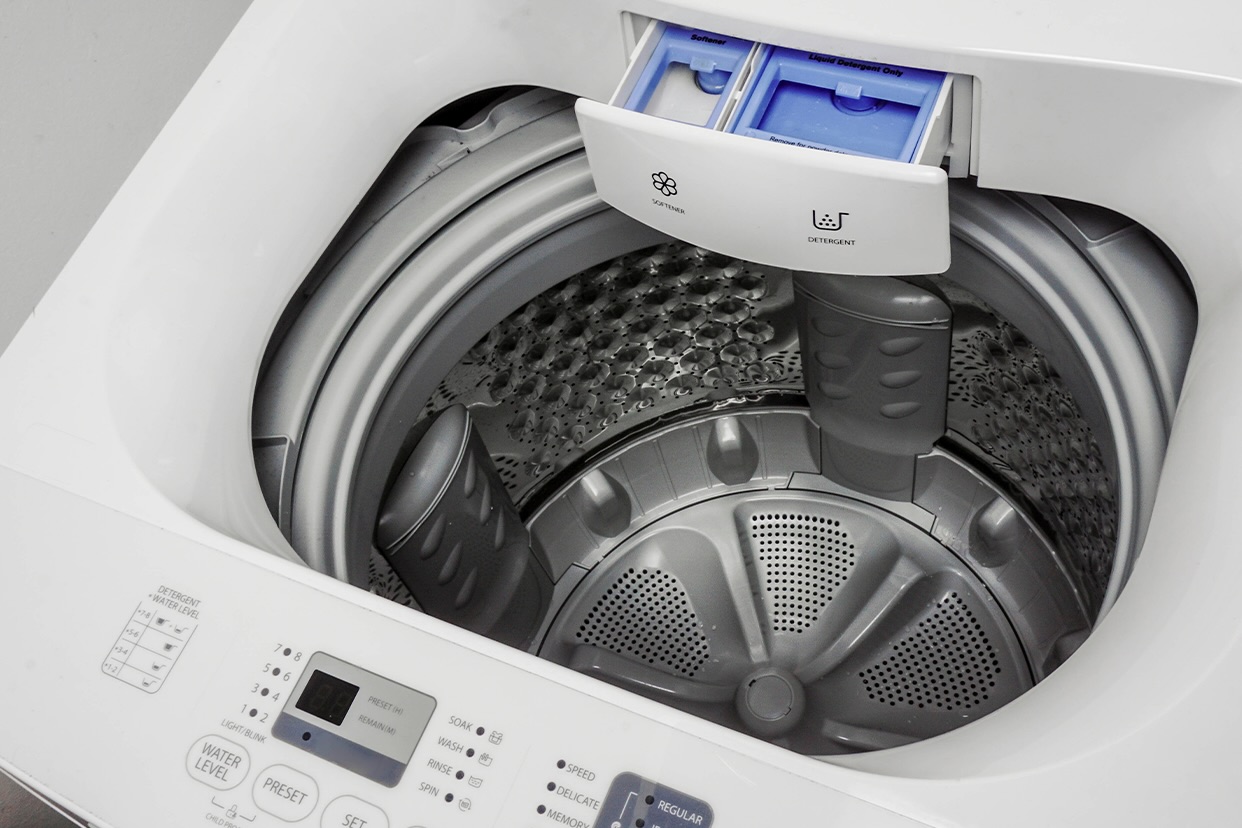
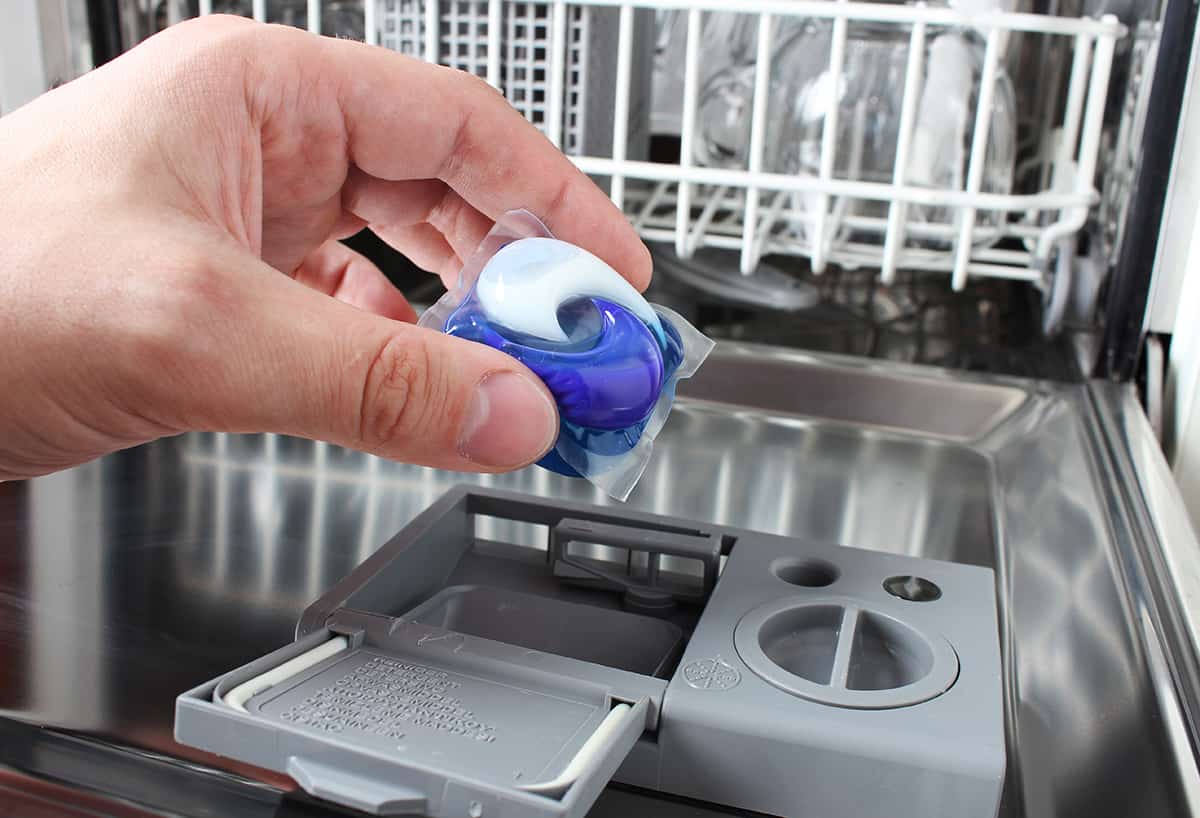
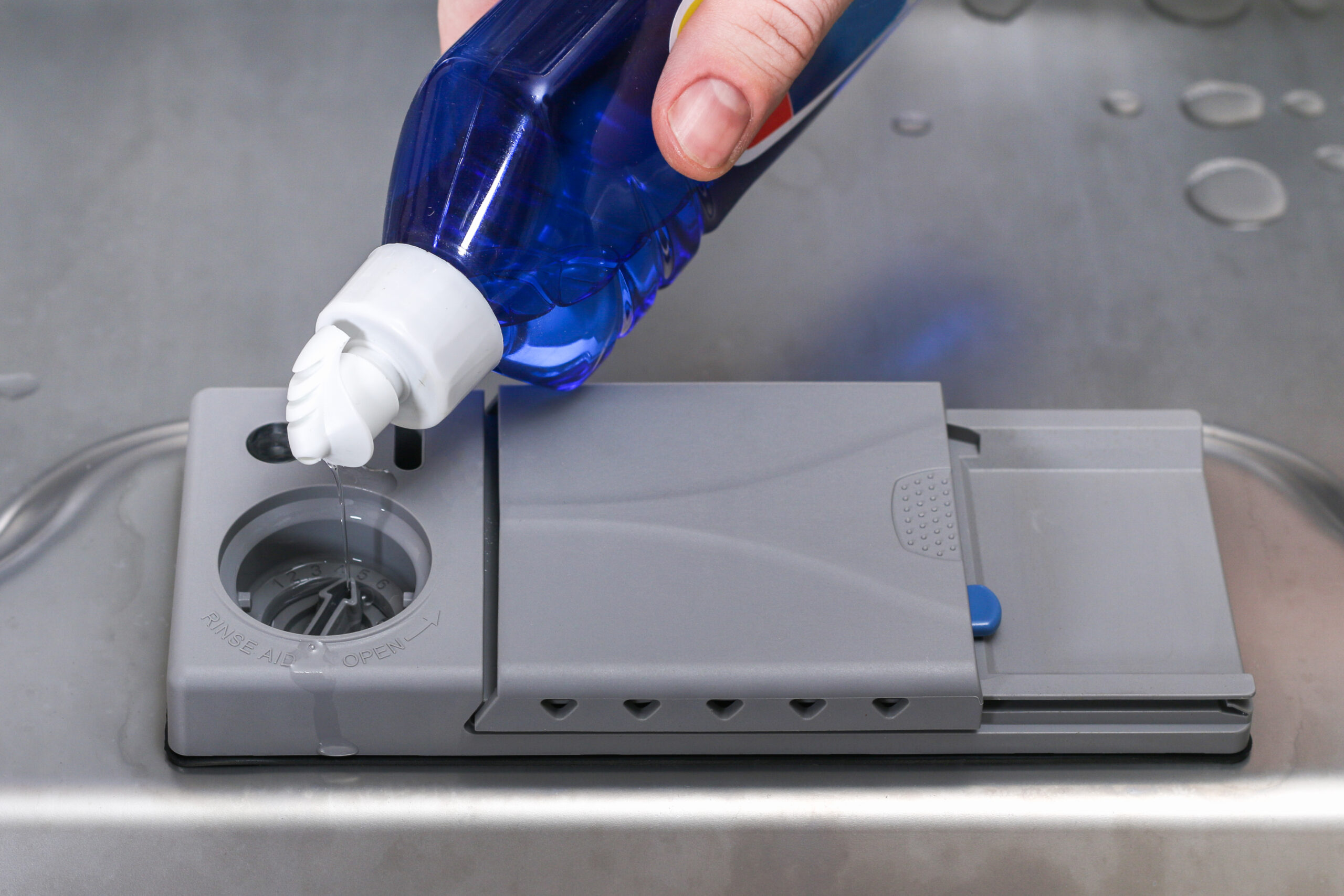
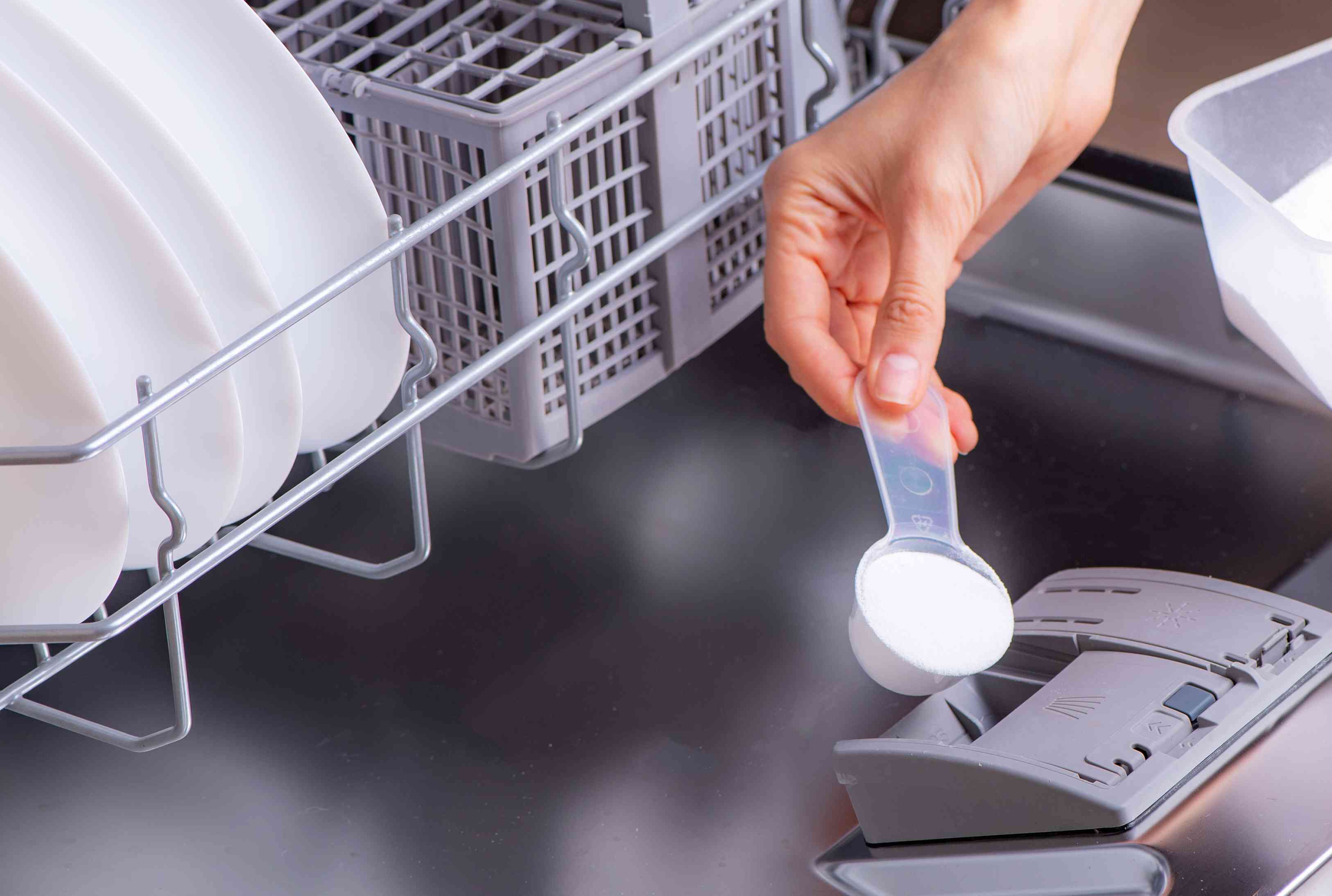
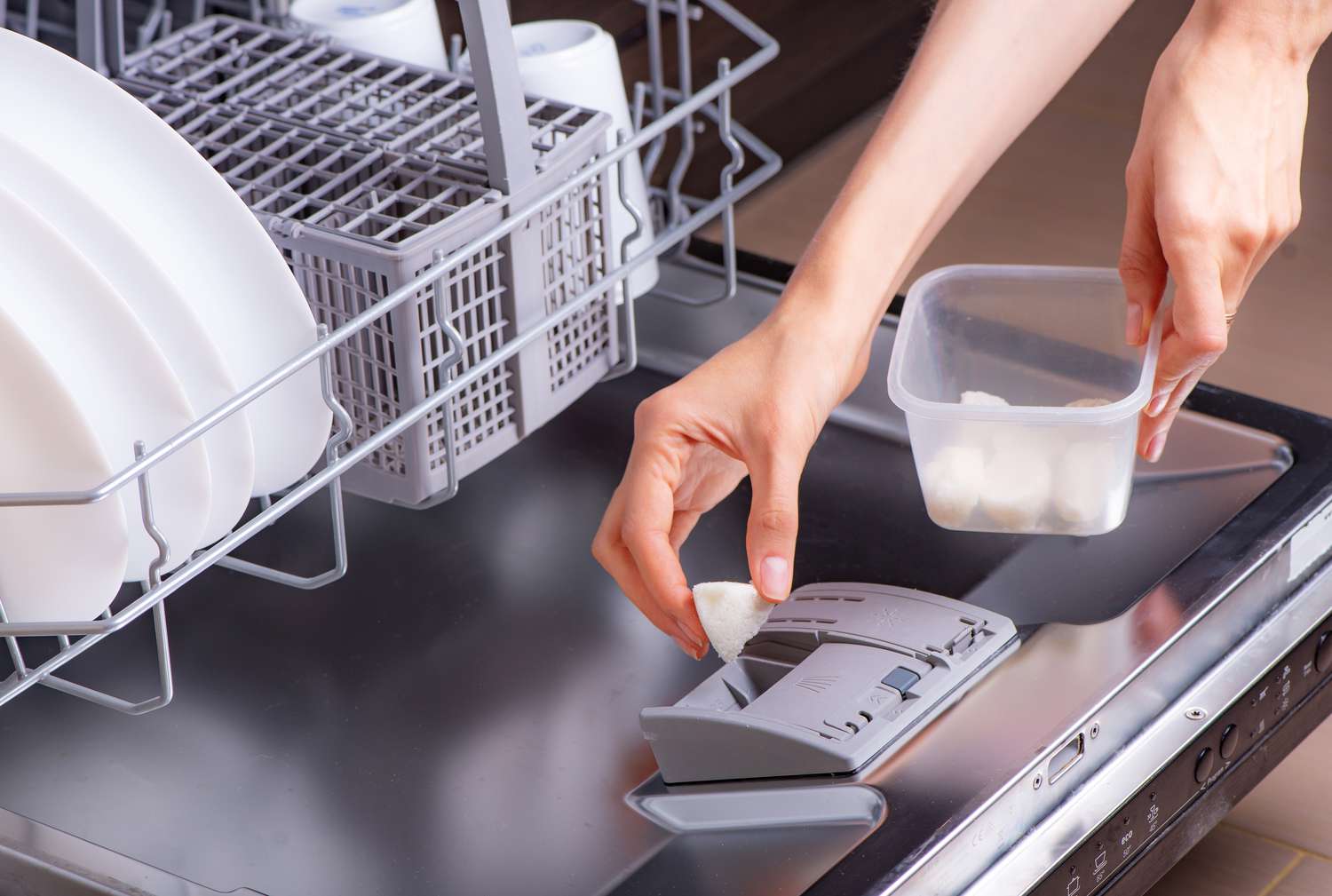
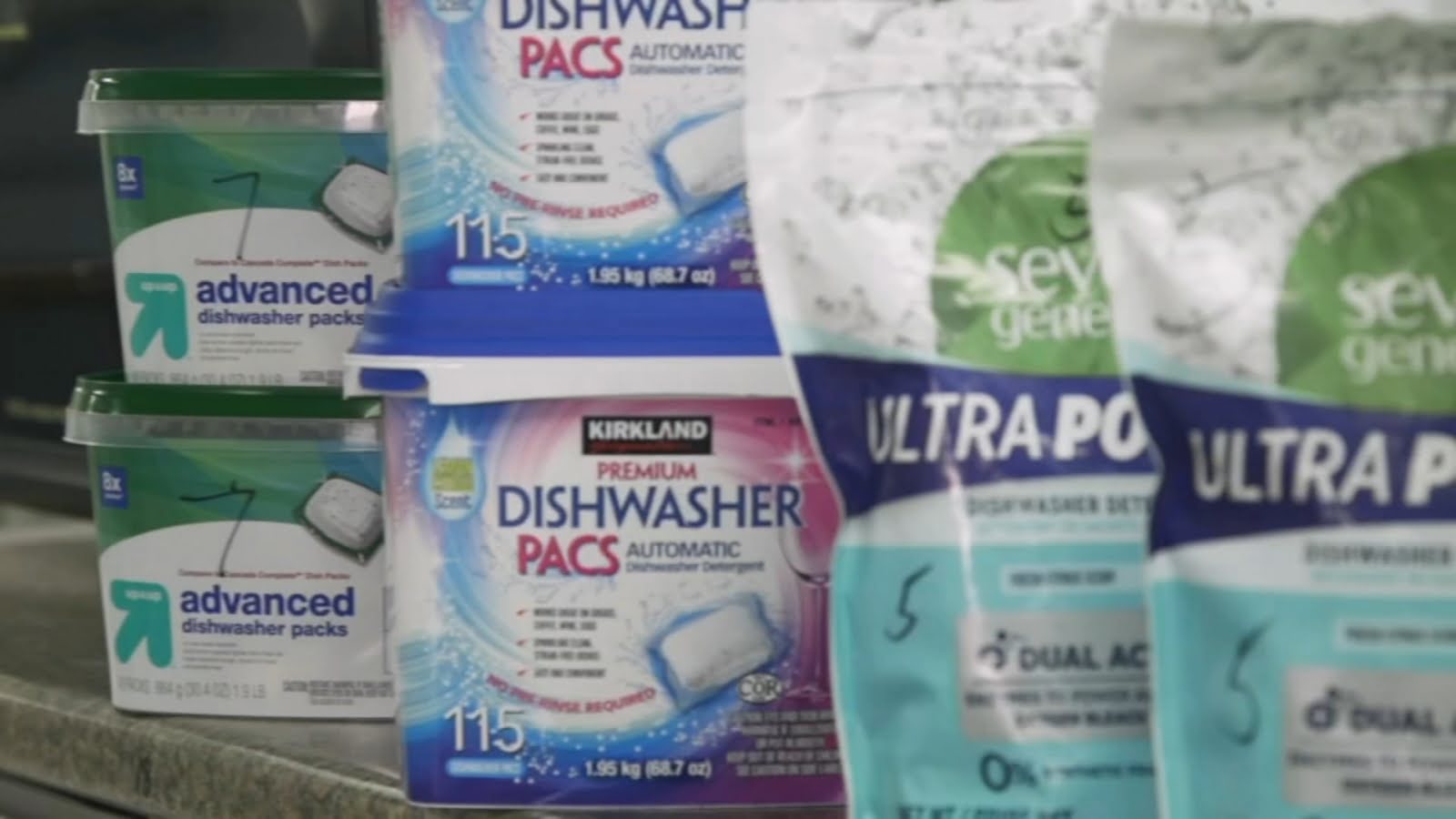
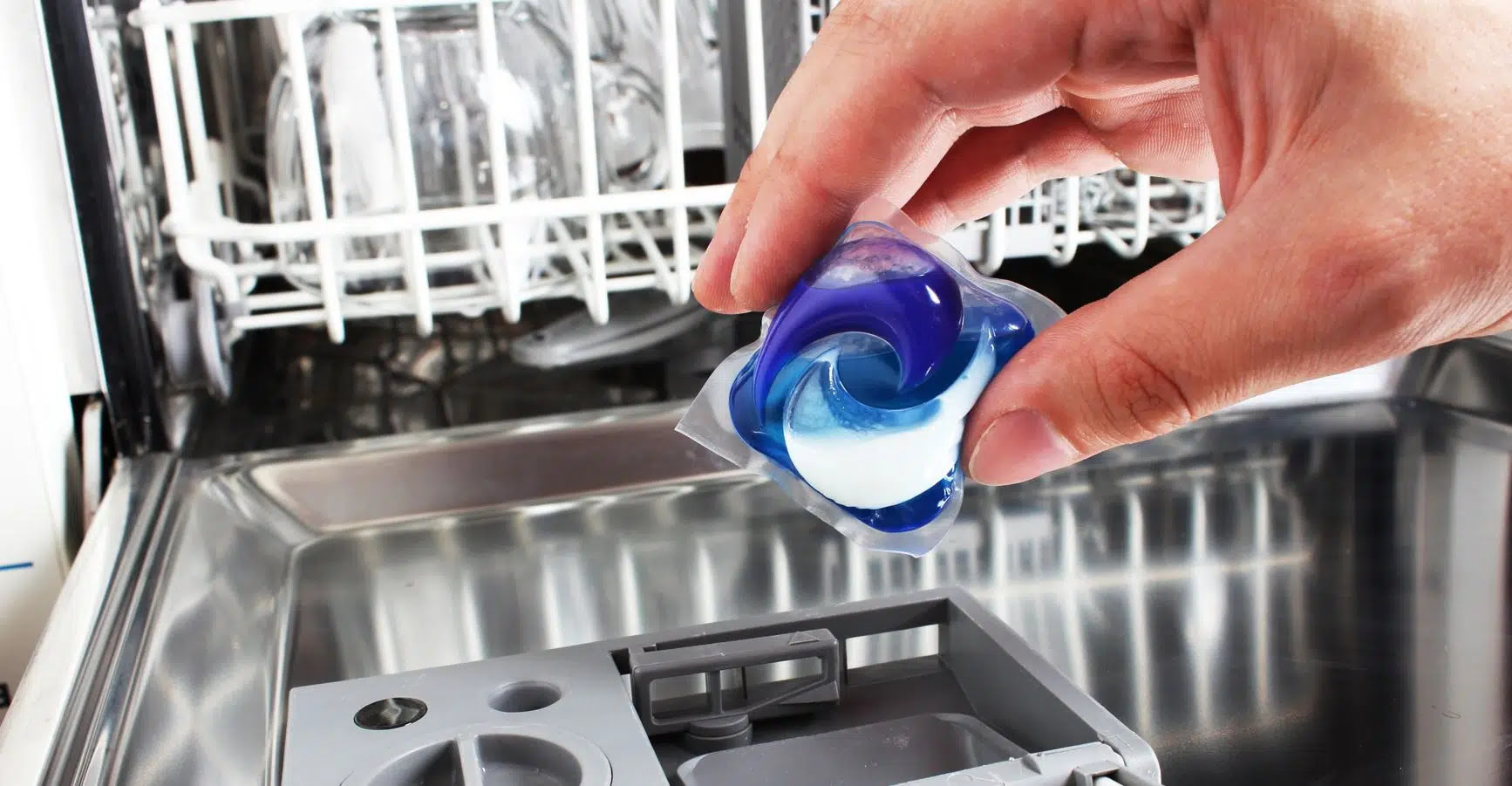
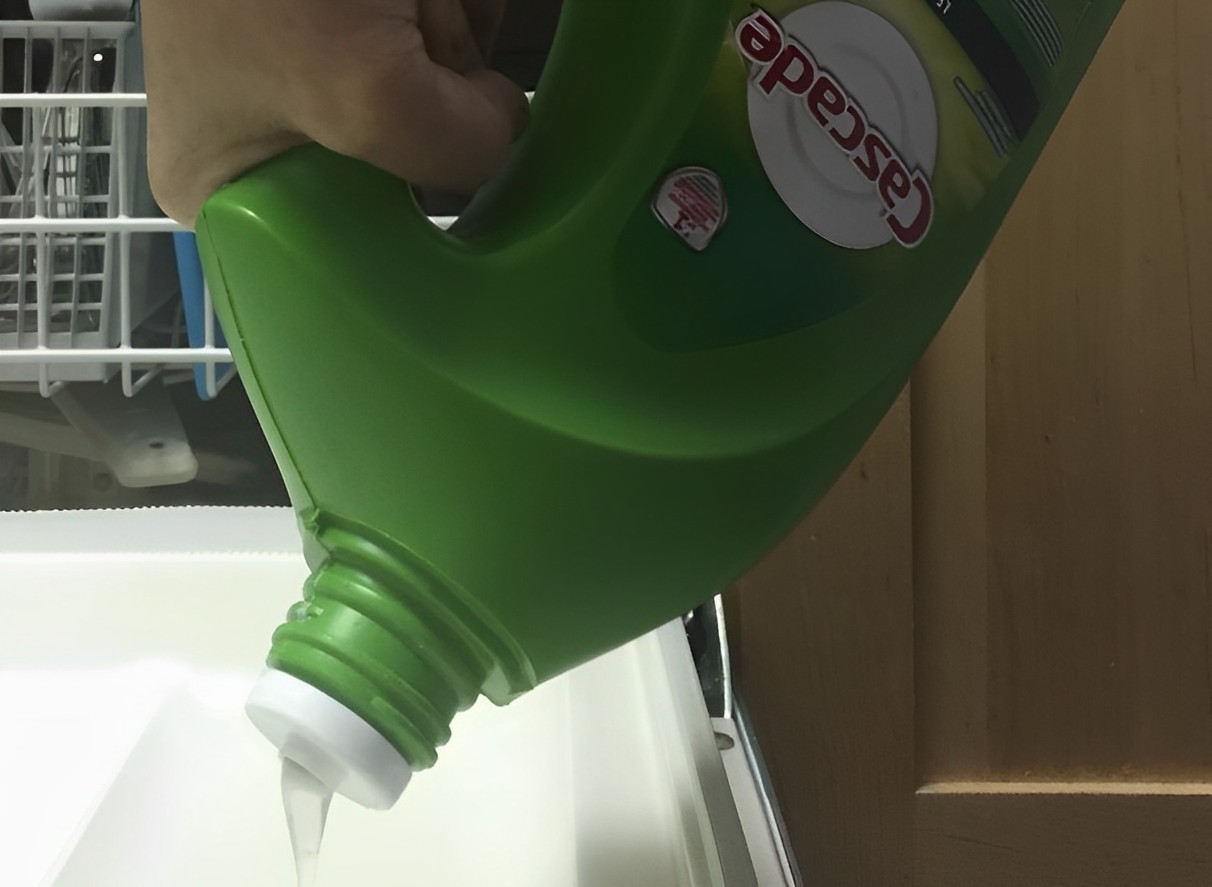
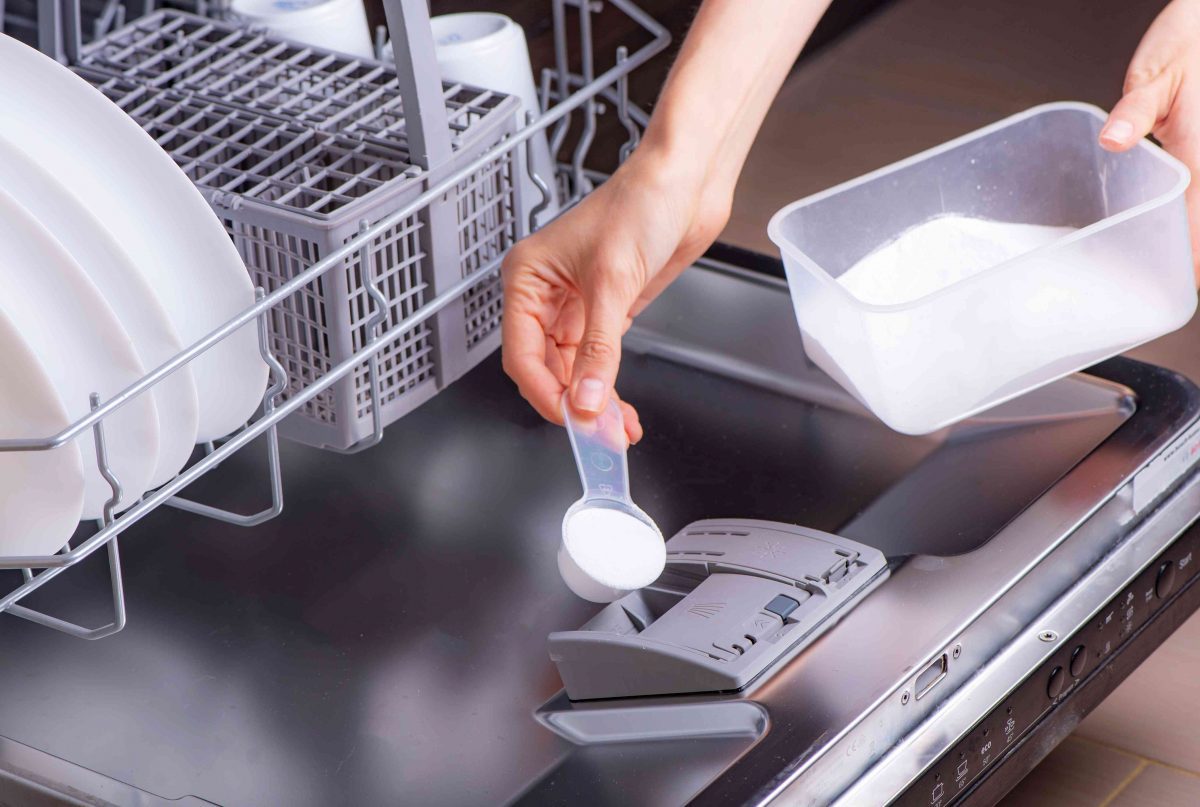
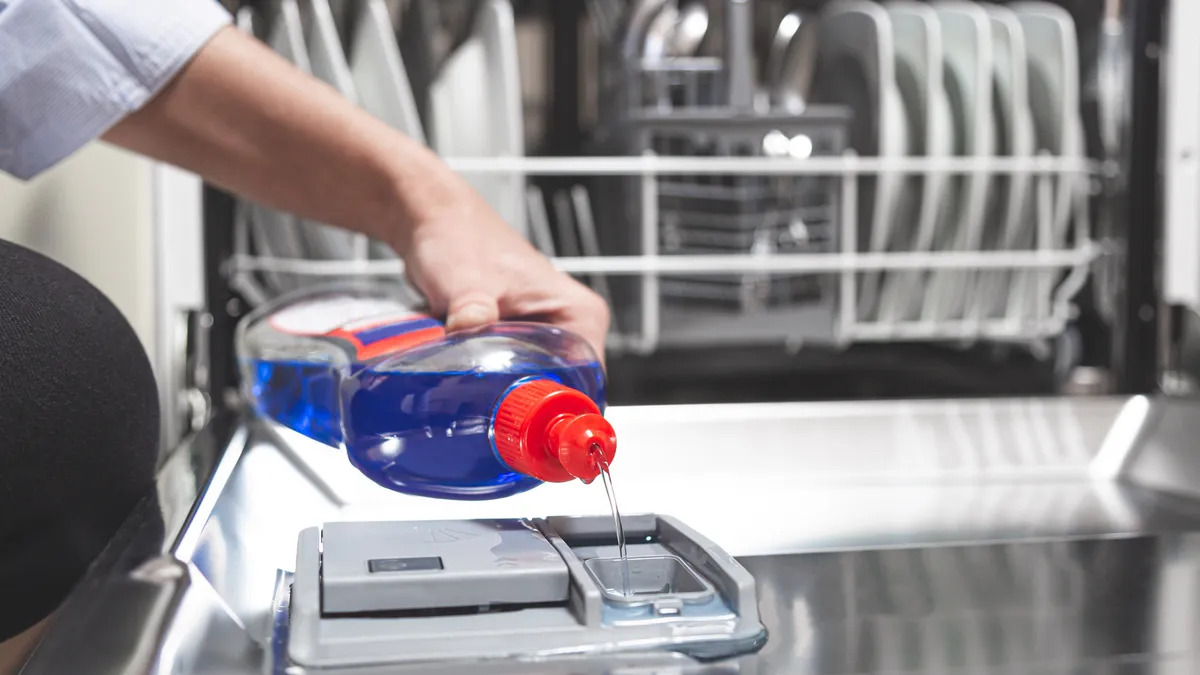

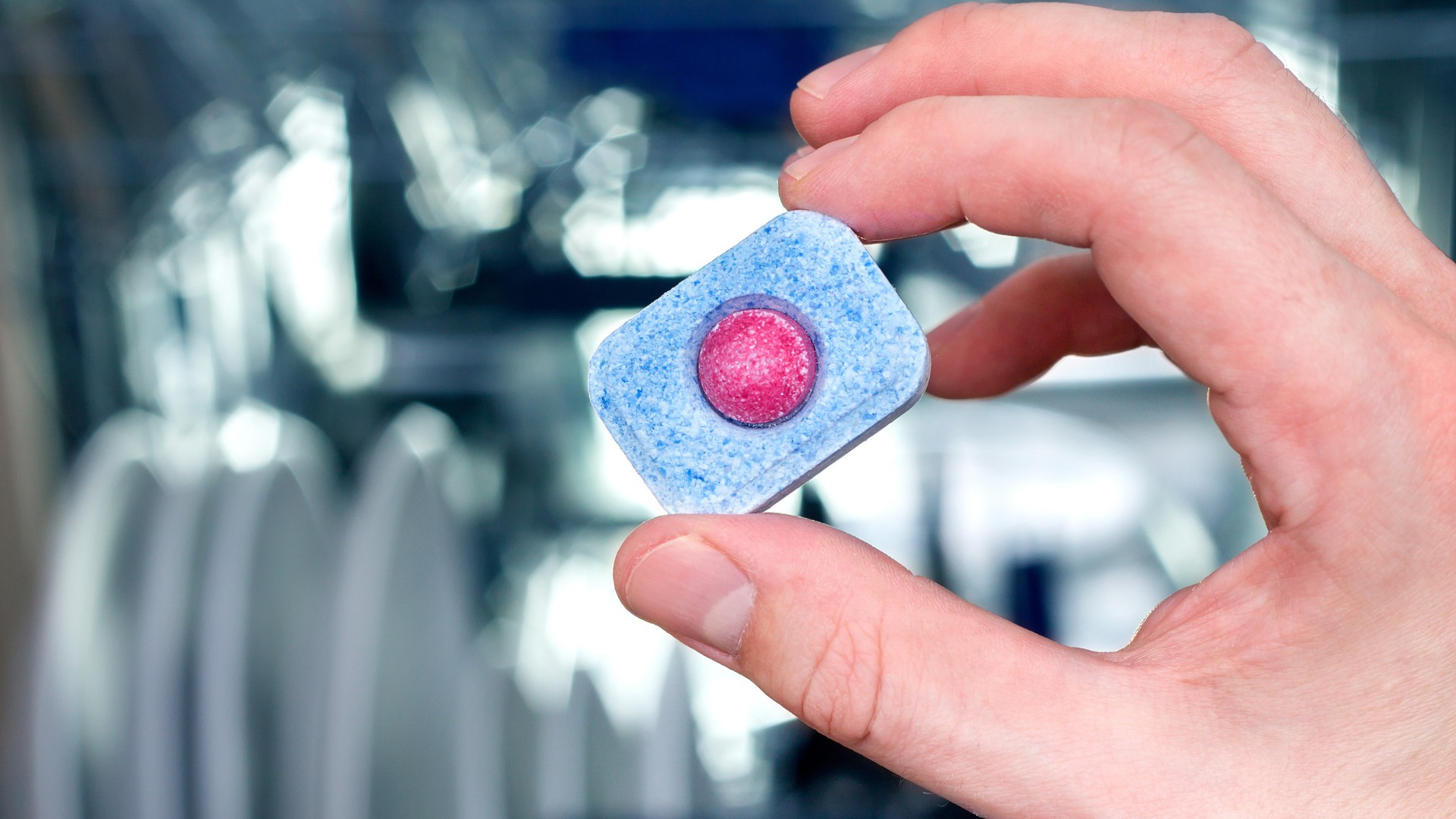
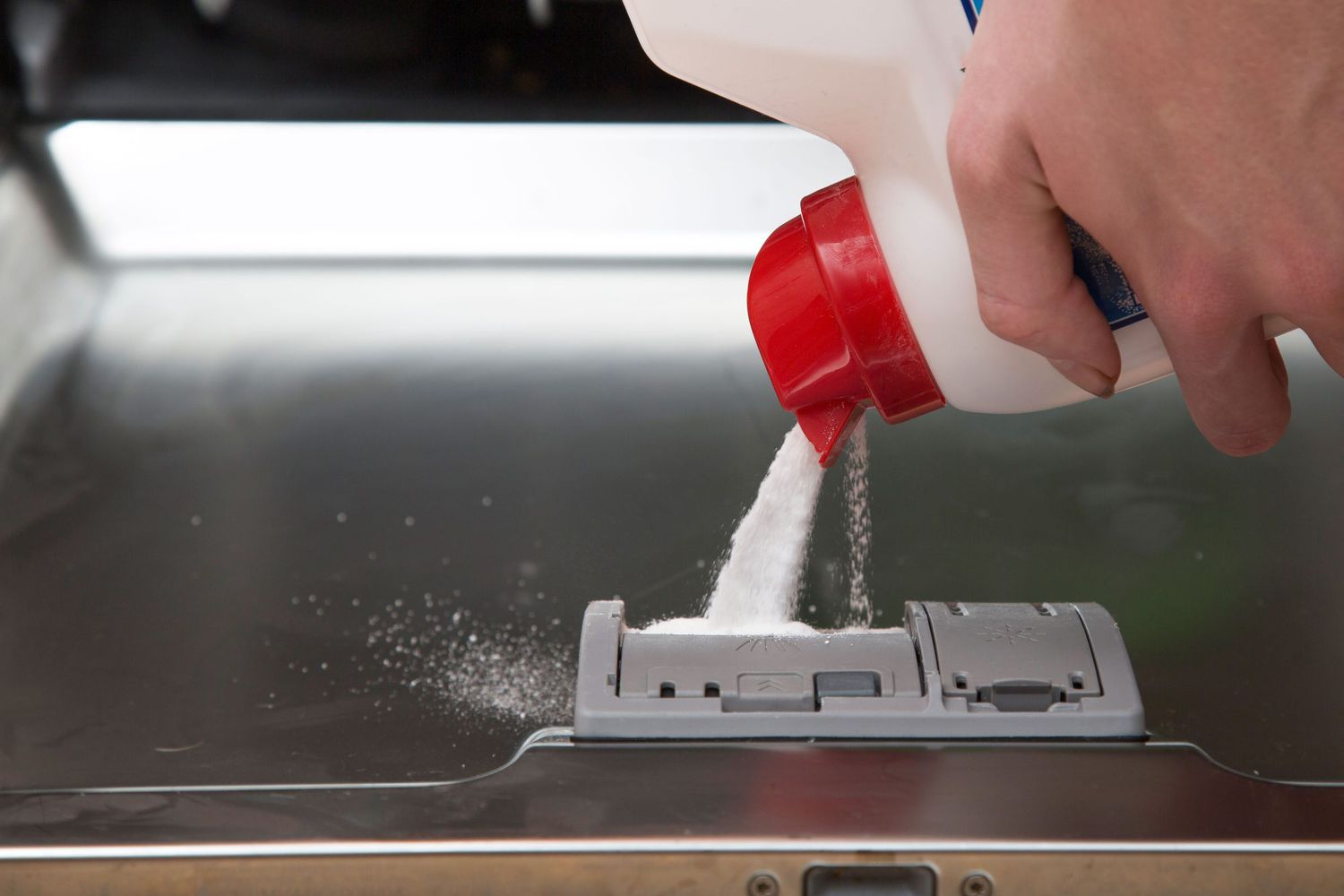

0 thoughts on “Where To Put Detergent In Dishwasher”